Author: SCMP
Translated by: Ivan Wu on Blockchain
Amidst overwhelming debt and surplus electricity, "Southeast Asia's battery" is turning its attention to energy-intensive cryptocurrency mining for profit.
Laos aims to become "Southeast Asia's battery." Years of large-scale hydropower dam construction have led to a surplus of electricity nationwide, but also brought a rapidly rising debt burden.
Now, to convert surplus electricity into economic benefits, the government has begun to introduce energy-intensive cryptocurrency mining operations—this move has attracted international attention and sparked controversy domestically.
In the multi-billion dollar digital asset mining industry, participants earn tokens such as Bitcoin by solving complex blockchain algorithm problems, which is known for its high energy consumption.
However, Laos has built dozens of hydropower projects on the Mekong River and its tributaries, and the electricity supply now exceeds the market's absorption capacity.
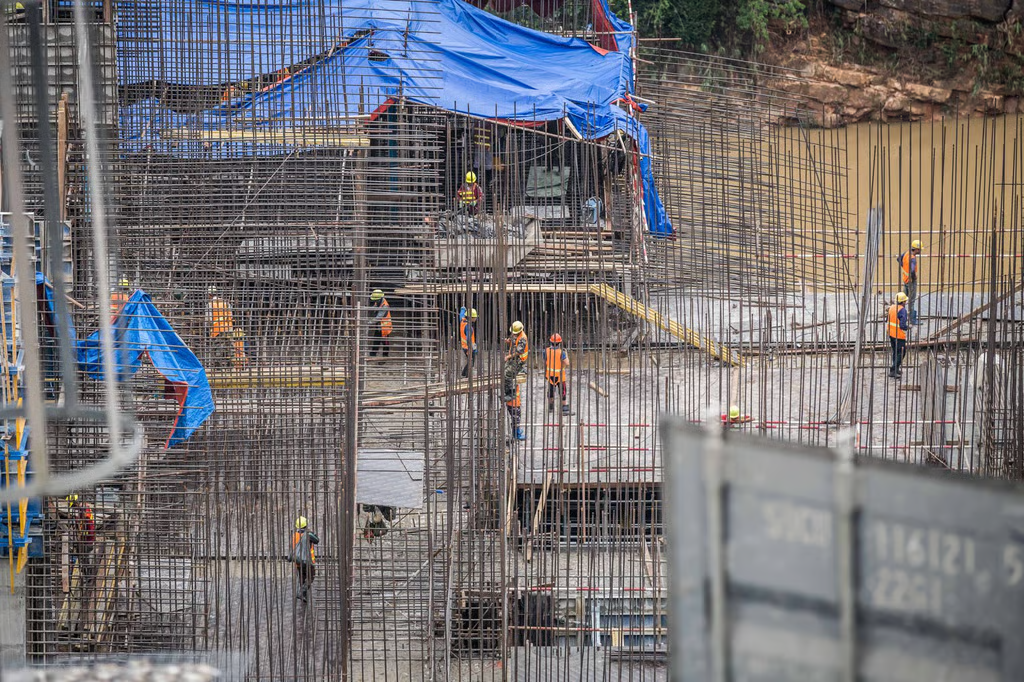
Government trade data shows that last year, electricity accounted for 26% of Laos's total exports. This landlocked country, long among the poorest in Southeast Asia, is selling cheap hydropower to its Asian neighbors that are eager for energy to meet climate goals.
However, this wave of hydropower construction comes at a high cost. Environmentalists warn that dams disrupt the ecological health of rivers, harm downstream agriculture and fisheries that rely on high-silt water, and force thousands—possibly tens of thousands—of people to relocate.
Critics argue that this policy sacrifices local livelihoods and ecosystems in the face of questionable economic returns.
Meanwhile, Laos's debt continues to accumulate. The International Monetary Fund states that a significant portion of dam financing comes from Chinese loans and overseas enterprises, but due to Laos's lack of transmission infrastructure to export surplus electricity, the return on investment is slow.
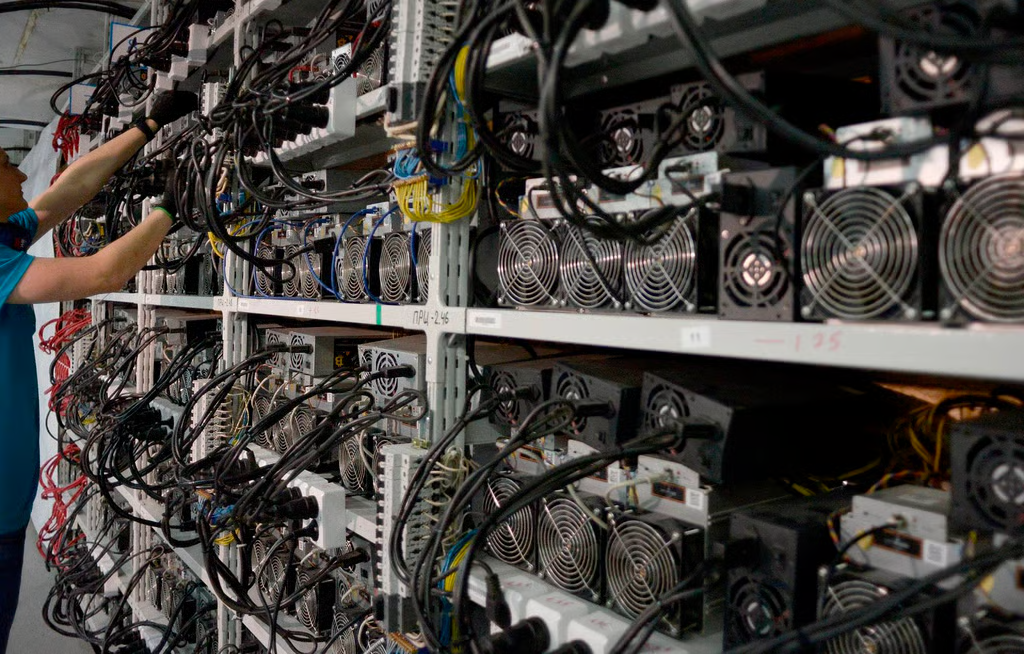
Laotian officials are currently seeking new ways to monetize idle electricity. The state-owned Vientiane Times reported after a high-level meeting that decision-makers are exploring "long-term economic opportunities," including "transforming surplus electricity into economic value through digital asset mining."
While regulators remain cautious about the risks of volatile digital assets, Laos has begun issuing licenses for local cryptocurrency trading platforms and mining operations.
This initiative comes at a time when the general public is facing high inflation, with the Lao kip depreciating by about half against the dollar over the past five years.
Compounding the situation, the U.S. recently imposed a 40% tariff on exports from Laos, the second-highest level among Washington's trading partners.
As of July 12, U.S. President Donald Trump announced new tariff rates on dozens of economies and extended the tariff deadline to August 1, 2025.
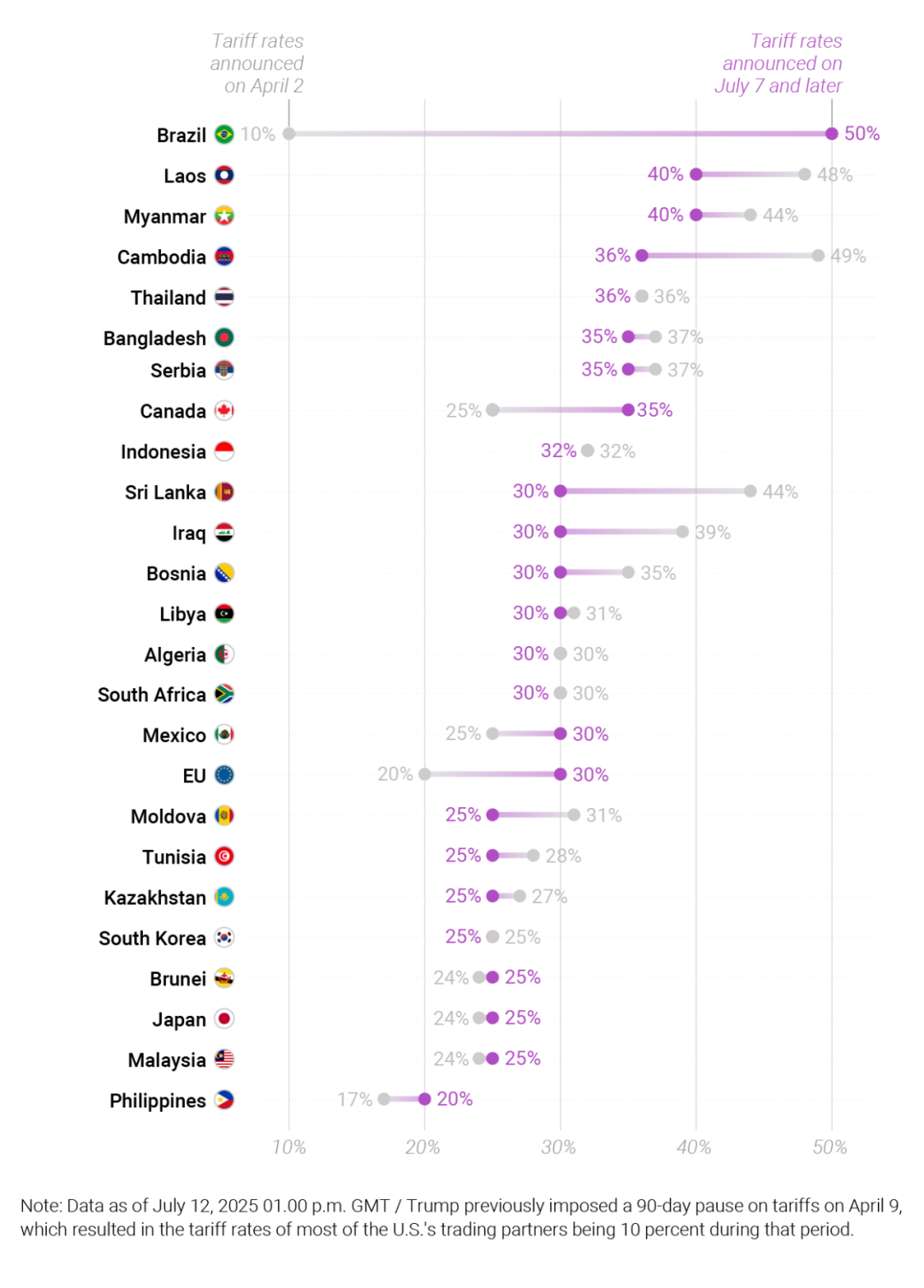
Many environmental advocates believe that the shift to cryptocurrency mining is a manifestation of flawed energy policy—one that has burdened Laos with debt and failed to absorb its surplus electricity.
"Allowing electricity to be used for cryptocurrency mining is clearly not driven by domestic conditions," said Witoon Permpongsacharoen, head of the Mekong Energy and Ecology Network. "This practice stems from Laos's heavy debt and inability to repay."
Ironically, Laos has surplus electricity during the rainy season but must purchase electricity from neighboring countries when hydropower output declines in the dry season.
Pianporn Deetes of International Rivers stated, "Most of Laos's hydropower supply is seasonal; during the dry season, Laos will buy back electricity from Thailand."
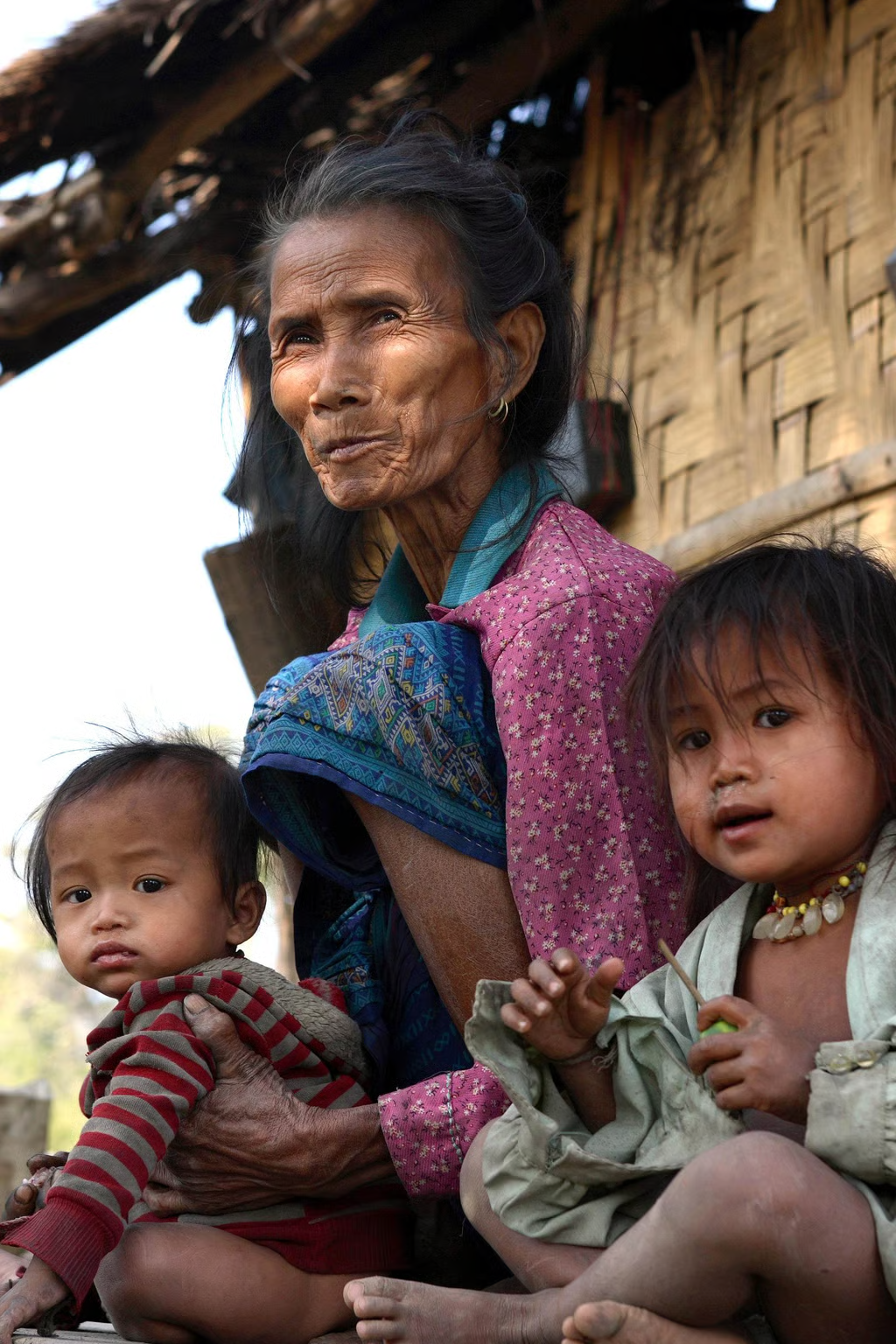
Deetes noted that for communities displaced to build reservoirs and dams, the promised improvements to their lives have largely not materialized; many have not seen prosperity but instead face greater hardships.
She said Laos risks "taking its rich natural resources away from its people, making their situation worse rather than better."
Despite this, amid changing global trade winds, the government's foray into cryptocurrency mining has garnered widespread attention in the region, which is seeking new sources of growth.
Laos aims to become a mature digital economy by 2030 and hopes to be removed from the United Nations' list of "least developed countries" next year.
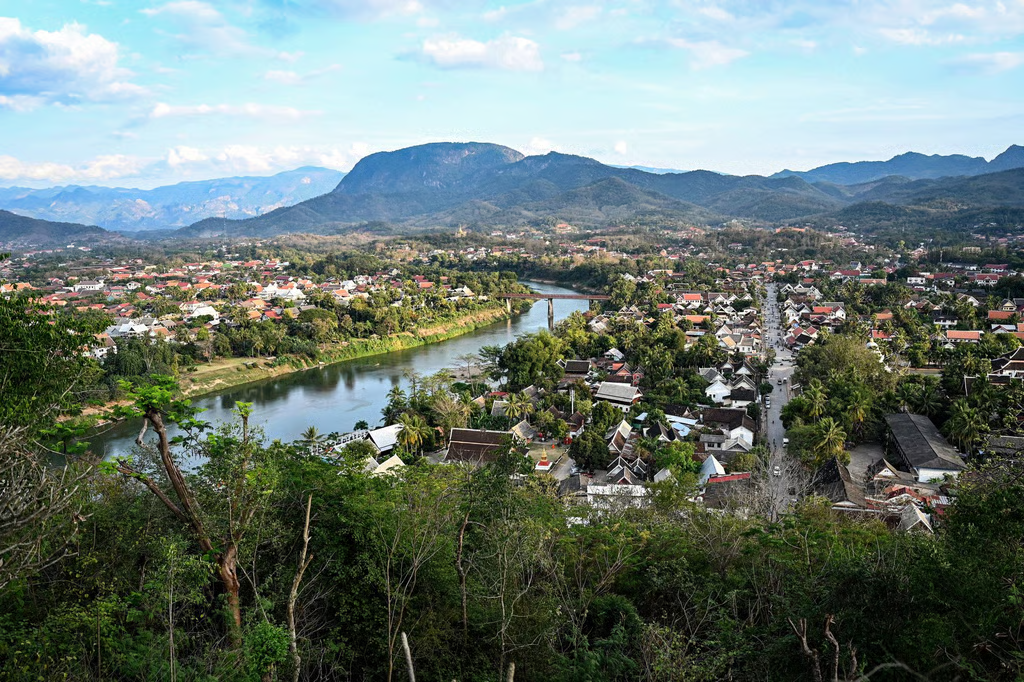
Although China—Laos's powerful northern neighbor—banned cryptocurrency mining and trading in 2021 due to concerns over financial stability, Laos has become an attractive destination for Chinese miners due to its low electricity prices, including some illegal activities.
The latest measures from the Laotian government aim to bring these activities under official regulation by issuing licenses and collecting industry taxes.
The International Monetary Fund believes that monetizing surplus electricity makes economic sense, but challenges remain.
In November last year, the IMF warned that Laos's "public debt level is significant and poses challenges to its medium-term economic outlook"; under current policies, "inflation and debt revaluation may worsen, meaning a significant drag on growth over a longer period."
免责声明:本文章仅代表作者个人观点,不代表本平台的立场和观点。本文章仅供信息分享,不构成对任何人的任何投资建议。用户与作者之间的任何争议,与本平台无关。如网页中刊载的文章或图片涉及侵权,请提供相关的权利证明和身份证明发送邮件到support@aicoin.com,本平台相关工作人员将会进行核查。




